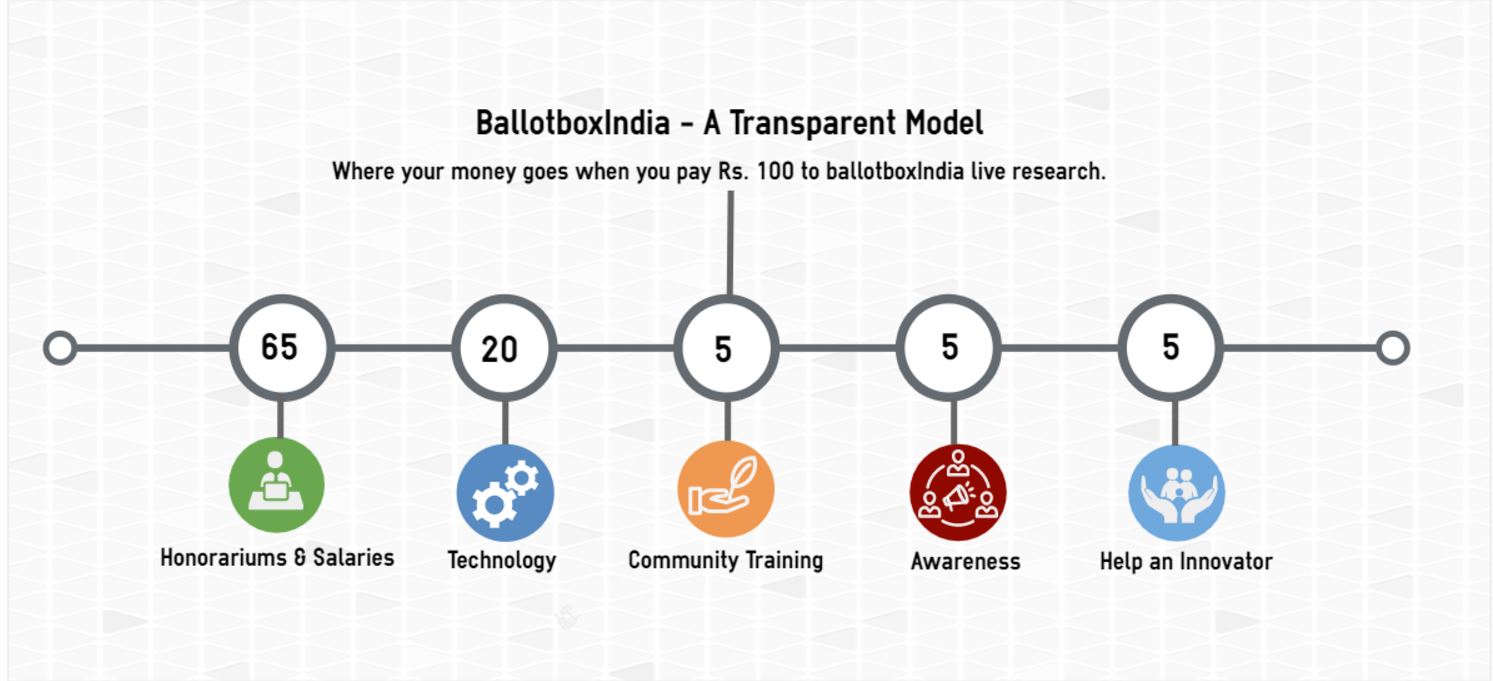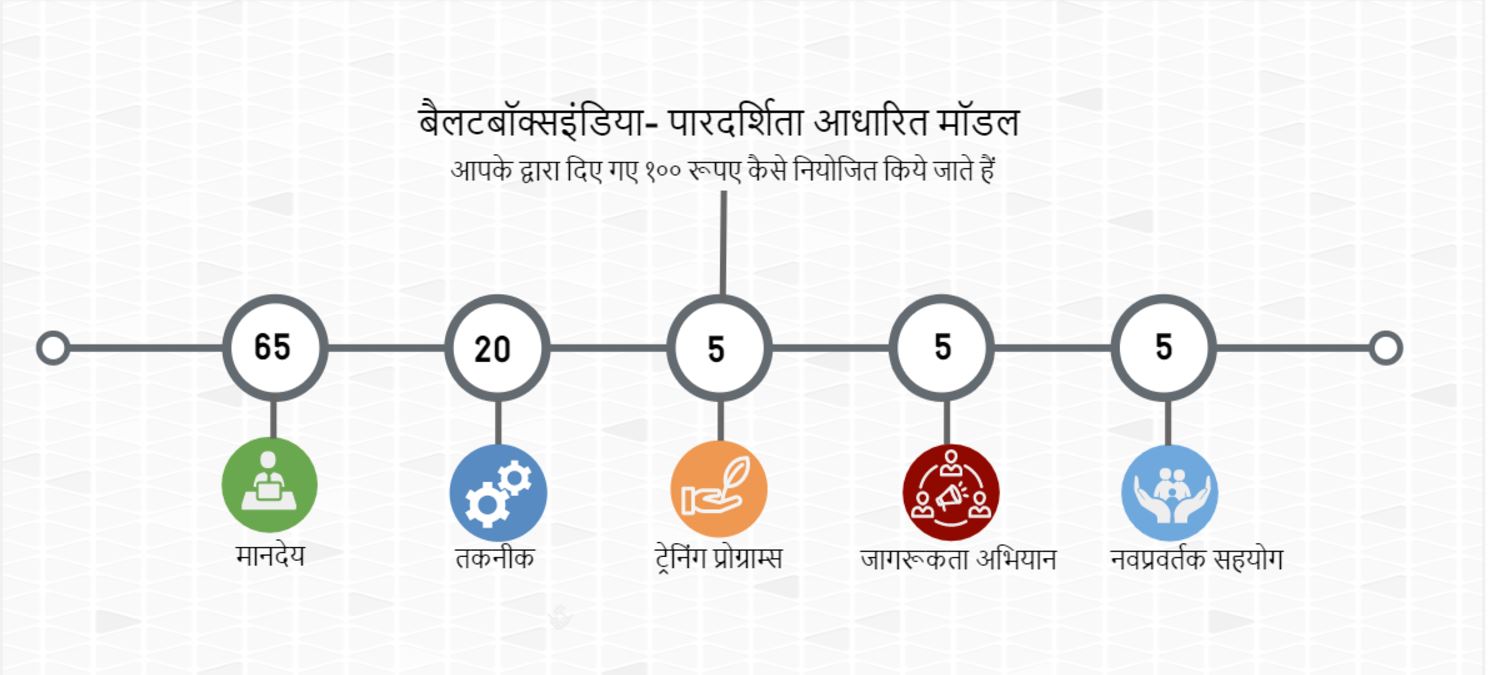Lucknow district's drainage is controlled by Gomti river and Sai river, and their tributaries. Tributaries of Gomti river are Akhadi Nala, Jhilingi Nala, Behta Nadi, Loni Nadi & Kukrail Nala
What is Kukrail Nala (Drain/rivulet)?
Kukrail nala is a left bank tributary of the Gomti River. It is a groundwater fed rivulet, originates from Kukrail reserved forest and confluence in to Gomti River as a fourth order (medium stream) tributary. The total length of the Kukrail nala is about 26 km (as per government records) from its origin to the confluence point.
Kukrail Nala has a 200 meters wide flood plain and is situated in the interfluve region of Gomti- Ghaghara river under the Central Ganga Plain.
IS IT A BIG DRAINAGE SYSTEM? YES
What are its size, perimeter, and length?
The total area of the Kukrail Nala basin is 86.75 Sq. km. and first order (small) streams are mostly dominating the basin. The perimeter of the basin is 49.46 km. The maximum length of the basin from origin to the confluence (end point) of the river (L) is 16.76 km. The maximum and minimum height of the basin is 122 m (msl) and 108 m (msl) respectively. The total numbers of first, second, and third order tributaries falling into Kukrail Nala are 77, 14 and 3 respectively. The total length of first, second, third and fourth order streams falling into are 40.55 km, 12 km, 04 km and 23 km respectively.
The total numbers of streams of all order are 95 covering the total length of 79.55 km. It's a major water system of Lucknow District and has tremendous value for River Gomti.
Does it flood?
Lucknow and adjacent areas experience the humid sub-tropical climate and receive high to moderate rainfall during the monsoon season (June- September). Heavy rains during monsoon season bring the situation of flooding in the low-lying area of the basin.
Is it slow flowing or rapid?
The basin has a gentle slope, low surface relief, low surface run-off, high infiltration rate, and low water storage capacity which indicates the mature stage of topographic evolution and erosion and so reworks the pre-existing sediments of the Ganga Plain. This groundwater-fed alluvial stream originating in the middle Ganga Plain region has a natural drainage system. Slow flowing streams are susceptible to silting when not cared, and get polluted. Once silted and polluted, a stream of this order can be a major health hazard for the population (millions in Lucknow) around it.
Why should we care about Kukrail Drain?
Kukrail Drainage system historically not only has played a very important role in draining Lucknow District's rainwater into river Gomti, feeding the river, but is a major source of ground water recharge in the area. It saves the region from deluge by taking in rain water runoffs and drains into Gomti, which expands along with flood plain, and enriches the soil and maintains the water system in Ganga Basin.
The water system supports a diverse range of flora and fauna, and effects the Central Ganga Alluvial Plain tremendously.
Gomti River which is considered a dead and a heavily polluted river right after Gau ghat in Lucknow (entry of the river), is a major water body of Ganga Basin. Millions are dependent upon the river for their freshwater needs, including domestic, industrial and agriculture use.
The river's health is a major concern, not only for the authorities, but civil society and scientists, and has major implications for generations to come.
As shown in the presentation above, Kukrail Nala system is considered a major cause of pollution in Gomti, and solutions including intercepting, concretizing, passing it through massive STPs have not yielded significant results. All these big bang efforts and costly projects have hastened the deterioration of health for not only the river but the drainage system.
Natural drainage systems are like blood lines of a river, they are supposed to carry rainwater runoffs, enriched with minerals along the way, passing through a diverse range of natural colonies of flora, soil, and sediments, soil, rocks along.
Everywhere in India mixing of sewerage, and solid waste in natural drains is a major concern. It not only for the health of the system and rivers connected, but for the general well-being of the population around, and is a major sustainability hazard.
The problem magnifies manifolds considering back to back drought and flood seasons now becoming common in India.
Solutions
Instead of wasting a massive amount of public money on cosmetic makeovers like Gomti Riverfront Development, an effort should start immediately to:-
- Conserve Kukrail Nala, Hyder Canal, and other natural drains and demarcate the flood plains as eco-zone.
- There should be no sewerage and solid waste policy disposal policy. Everything should be intercepted and processed in a localized manner.
- Encroachments and habitation around should be developed with an eco-friendly neighborhood pattern, with efficient sewerage and waste management facilities.
- Flow and quality should be monitored and available in public domain for independent review.
- Kukrail Nala and other drains should fall into Gomti naturally without obstructions or STPs in between.
Status -
The research on the status of Kukrail Nala as of (September 2016) is complete and even after massive pleas, complaints and written communications, Gomti Riverfront development is going on as a vote gathering exercise in the upcoming election. With massive fountains and neon lights planted and planned around, close to 3000 crores is budgeted for the cosmetic makeup and big interceptor and STP projects, which have failed earlier.
Future course of action -
To carry this effort with a good momentum we are looking for Researchers and Coordinators in Lucknow, who can work towards representing the river and its drainage systems, work with local experts to raise awareness and intervene as required.
Who can be a researcher coordinator -
- Academics and Scientists.
- Graduate and Post Graduate Students.
- Non-Government Agencies, Community, and Political activists.
Benefits on successful completion.
- Credits in following publications with ISBN, Journals, Presentations.
- Audio/Visual presentations hosted on official ballotboxIndia channels.
- Invites to events, plenary sessions, seminars on the subject and opportunity to present paper.
· - Future engagements on action research around such issues of systemic impact, including training, study tour, and events.
Send in your details to innovators@ballotboxindia.com and we will get back to you as soon as possible.
Thanks
Team @BallotboxIndia
 tag on profile.
tag on profile.




